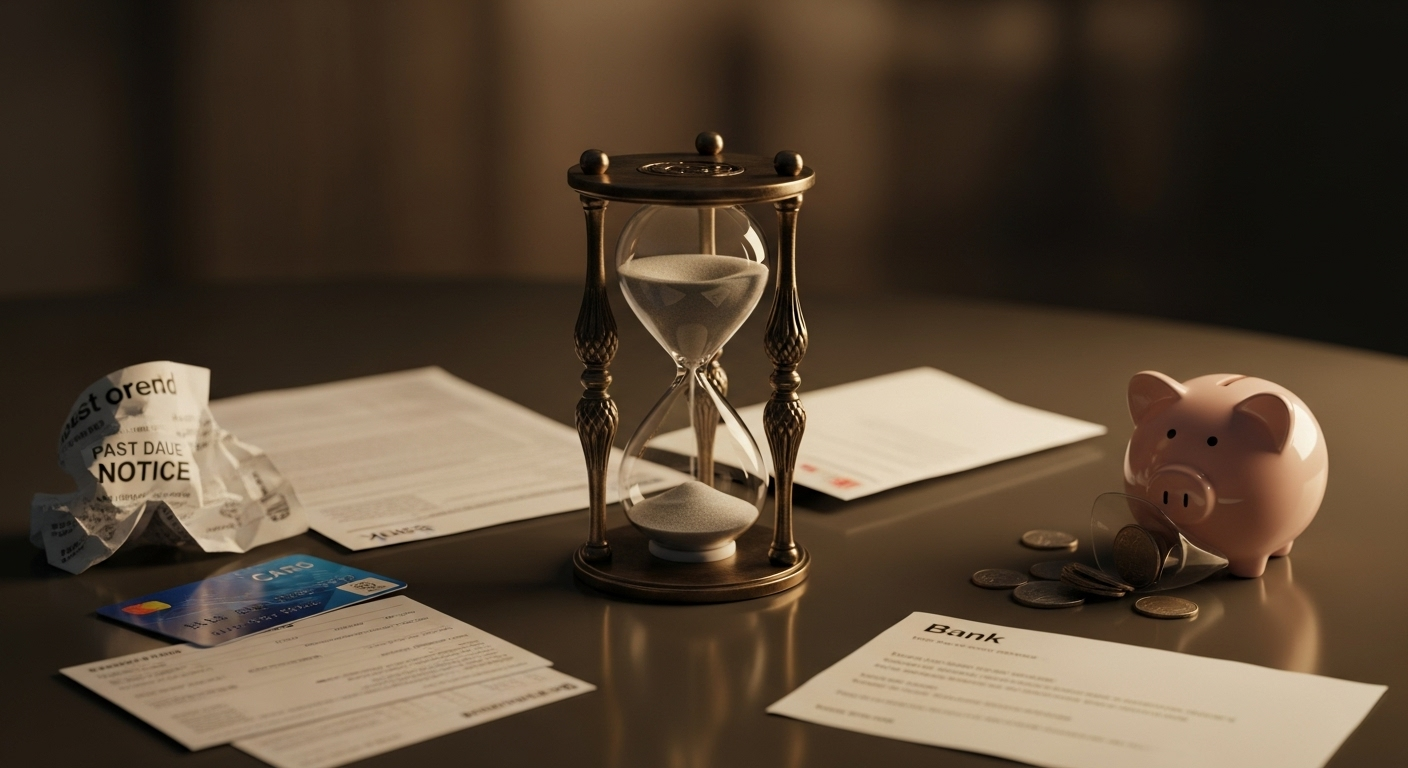Learn how people manage their finances
In today's complex financial landscape, personal loans have become an increasingly popular tool for managing finances. This article explores how individuals utilize personal loans to navigate various financial situations, offering insights into responsible borrowing practices and financial management strategies. No sign-up is required to learn from this informational guide, but remember that terms and features may vary depending on the lender and your personal circumstances.

How do people use personal loans to consolidate debt?
One of the most common ways people manage their finances with personal loans is through debt consolidation. This strategy involves taking out a single personal loan to pay off multiple high-interest debts, such as credit card balances or other loans. By consolidating debts, borrowers can potentially secure a lower interest rate, simplify their monthly payments, and create a clear path to becoming debt-free.
Many individuals find that debt consolidation through a personal loan helps them regain control of their finances by reducing the overall interest they pay and providing a structured repayment plan. This approach can be particularly effective for those struggling with multiple credit card debts, as personal loan interest rates are often lower than credit card rates.
What role do personal loans play in emergency expenses?
Unexpected financial emergencies can derail even the most carefully planned budgets. Personal loans serve as a financial safety net for many people facing sudden expenses such as medical bills, car repairs, or home maintenance issues. Unlike credit cards, which can have high interest rates and revolving balances, personal loans offer a fixed amount with a set repayment term, making it easier to budget and plan for repayment.
By using personal loans for emergencies, individuals can avoid depleting their savings or resorting to high-interest payday loans. This approach allows them to address urgent needs while maintaining financial stability and avoiding long-term financial strain.
How are personal loans utilized for home improvements?
Home improvements are another area where personal loans play a significant role in financial management. Many homeowners use personal loans to fund renovations, repairs, or upgrades that increase their property’s value or improve their quality of life. Unlike home equity loans, personal loans don’t require collateral, making them an attractive option for those who may not have sufficient equity in their homes or prefer not to risk their property.
Personal loans for home improvements allow homeowners to spread the cost of renovations over time, making significant projects more affordable and manageable. This strategy can be particularly beneficial when the improvements are expected to increase the home’s value, potentially offsetting the cost of the loan in the long run.
Can personal loans help in managing major life events?
Major life events often come with significant financial implications. Personal loans can be a valuable tool for managing these expenses, whether it’s planning a wedding, covering relocation costs, or financing a once-in-a-lifetime vacation. By using a personal loan, individuals can spread the cost of these events over time, allowing them to enjoy important milestones without depleting their savings or accumulating high-interest credit card debt.
For example, couples planning a wedding might use a personal loan to cover upfront costs like venue deposits or vendor payments. This approach allows them to stick to their budget and avoid starting their married life with significant credit card debt.
What strategies do people use to responsibly manage personal loans?
Responsible management of personal loans is crucial for maintaining financial health. Many borrowers adopt strategies to ensure they can comfortably repay their loans while maximizing the benefits. These strategies often include:
-
Creating a detailed budget that accounts for loan payments
-
Setting up automatic payments to avoid late fees and maintain a good credit score
-
Paying more than the minimum payment when possible to reduce overall interest
-
Using any windfall income (like tax refunds or bonuses) to make extra payments
-
Regularly reviewing and adjusting their financial plan to stay on track
By implementing these strategies, borrowers can use personal loans as an effective financial management tool without risking their long-term financial stability.
How do personal loan terms and features vary among providers?
When considering a personal loan, it’s important to understand that terms and features can vary significantly among different lenders. Here’s a comparison of some typical personal loan offerings:
| Provider Type | Interest Rate Range | Loan Amount Range | Typical Term Length | Key Features |
|---|---|---|---|---|
| Traditional Banks | 6% - 16% | $3,000 - $100,000 | 1-7 years | Branch access, relationship discounts |
| Online Lenders | 5% - 36% | $1,000 - $50,000 | 2-5 years | Quick approval, flexible eligibility |
| Credit Unions | 5% - 18% | $500 - $50,000 | 1-5 years | Lower rates for members, personalized service |
Prices, rates, or cost estimates mentioned in this article are based on the latest available information but may change over time. Independent research is advised before making financial decisions.
Personal loans can be a powerful tool for managing finances when used responsibly. By understanding how these loans work and carefully considering their terms and features, individuals can make informed decisions that support their financial goals. Whether consolidating debt, funding home improvements, or covering unexpected expenses, personal loans offer flexibility and structure that many find beneficial in their financial journey.






